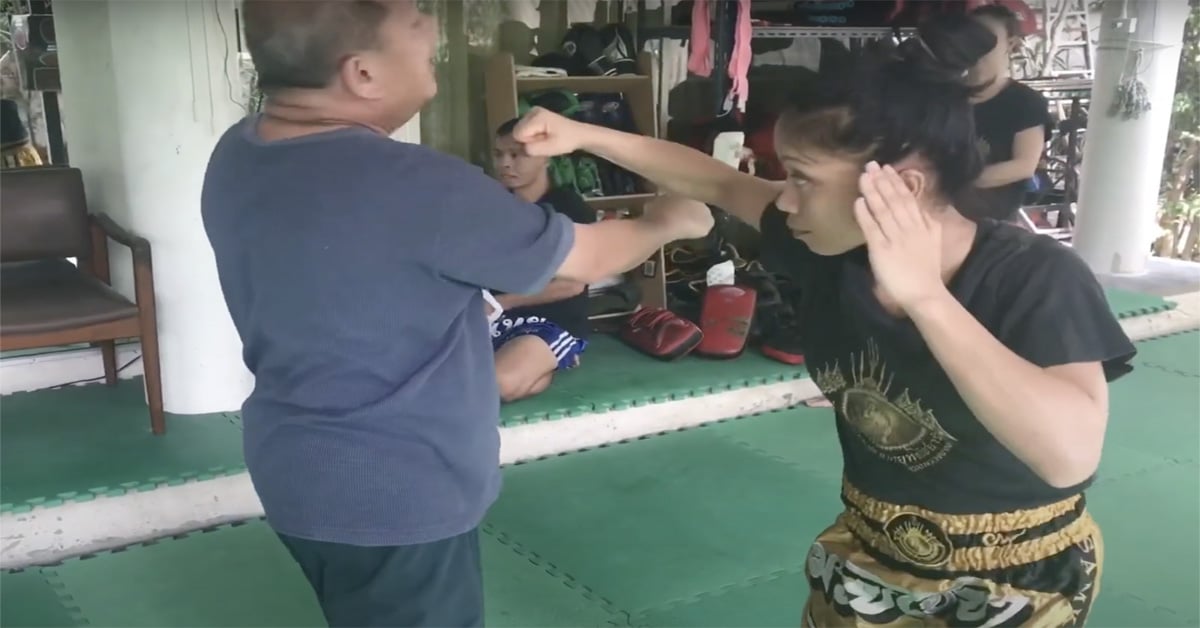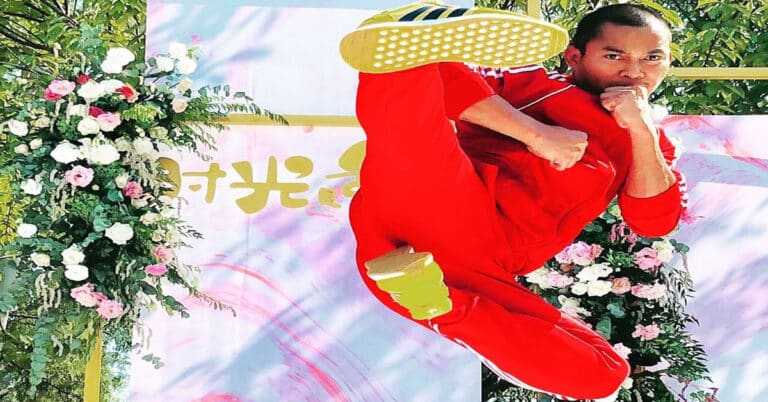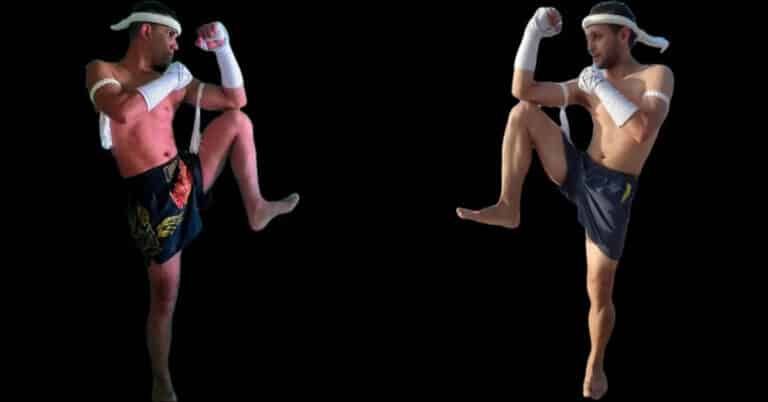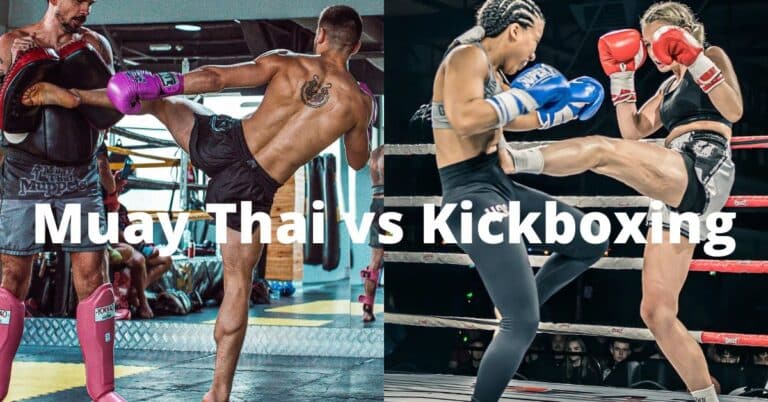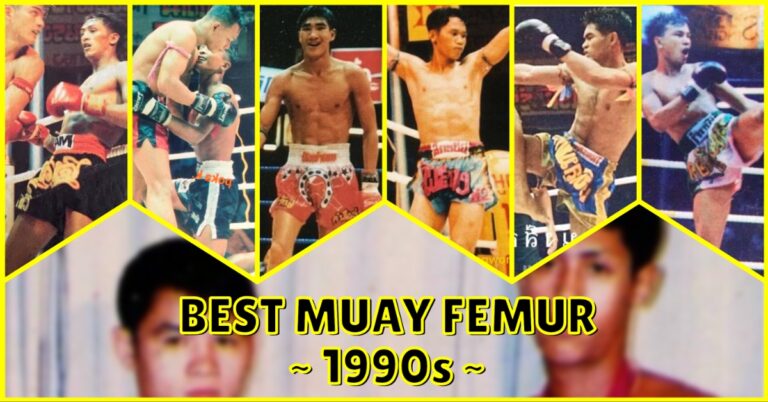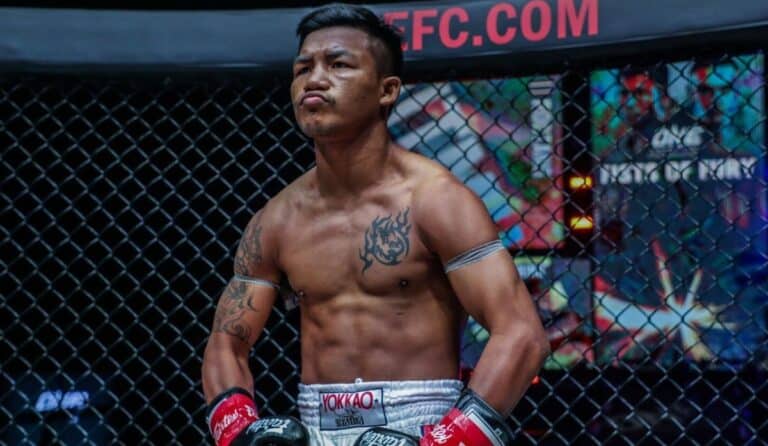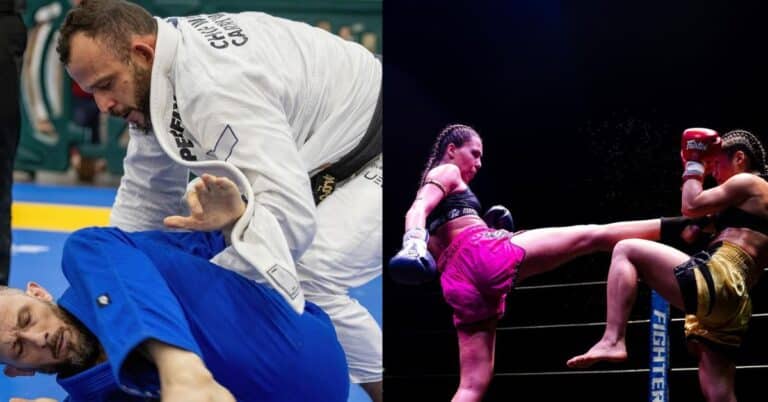What is Muay Chaiya?
Muay Chaiya is a martial art which originates from the southern region of Thailand. It focuses on defense and countering. It is one of the forms of Muay Boran, the precursor to Muay Thai.
The deadly moves in Muay Chaiya were developed by a Buddhist monk to tame wild elephants and was even used by kings. The combat sport system derives its name from Chaiya, a city in the Surat Thani Province.
Muay Boran is a series of different hand-to-hand martial arts that developed in Thailand over hundreds of years. It set the base for what Muay Thai is today. Ancient worlds all had older forms of martial arts which still survive to this day. Wrestling and boxing from the Hellenistic Greeks are not all that different that wrestling and boxing today, for example. Muay Chaiya is one of several forms of Muay Boran, ancient Muay Thai.
The Origins of Muay Chaiya
Legend has it, a fighter who grew up in Bangkok got sick of the government in the city. He decided to become a Buddhist monk and begin a pilgrimage to the south of the nation.
This Buddhist monk ran into an elephant who was ravaging farms in the region. Using his martial arts prowess, this monk tamed the wild beast and thus saving the crops of this area.
While his actual name is unknown, locals named him ‘Poh Than Ma’ which translates in English to Reverend Father Who Arrived. The residents were also so grateful for his services that they built him a Buddhist monastery, named ‘Wat Thoong Jub Chang’ which means Temple of the Elephant Catching Field.
Poh Than Ma used Wat Thoong Jub Chang to teach the locals about Buddhism and martial arts, also known as Muay Chaiya. One of his students was the governor of the Chaiya region, named Cha Sriyaphai. The governor decided that all soldiers must learn Muay Chaiya along with his children. His youngest son would grow up to become one of the forefathers of Muay Thai, named Grandmaster Khet Sriyapai.
Muay Chaiya became a major blockbuster event. Fans would show up in droves to watch combatants compete in the martial art mainly hosted during local celebrations or festivals.
Muay Chaiya as a martial art
Grandmaster Khet Sriyapai taught that fighters must stand in a compact, tight stance which focused on defense and counters. Fighters were educated to think of themselves as the outside of a durian fruit; covered in spikes, if anyone touches you then they get hurt. The base philosophy of Muay Chaiya was the defense of oneself first. Typically this was then followed by a sequence of attacks, which is called Luk mai.
Muay Chaiya focused on the protection of one’s self first followed by efficient attacking as a counter. Lead hand high in front of one’s face, rear hand slightly lower for rib protection.
There were two forms of Muay Chaiya, Muay Choa Chaiya which comes from the Cha Sriyaphai form. Plus the Muay Taweesit form which Khet Sriyapai claimed to be under. Muay Taweesit is described as a more developed or modern version of Muay Chaiya.
Fighters would wrap their hands and knuckles in rope to protect themselves. It was practical as well as reinforced the defensive philosophy of the art. Additionally, fighters would wear headbands called mongkon and armbands named prachiad.
Before each match, Muay Chaiya fighters were taught to perform the Wai Kru, a ritual dance and prayer which still persists to this day. It is a moment for fighters to have a short prayer expressing thanks to their masters. They would walk to the corners of the ring to do so. In times of old, when matches were outside, this also helped the combatant measure wind and remember where the sun is placed in the sky.
Nak Muays (Fighters) of this era were forced to must Mai Muay. This is known as the fifteen basic techniques a Nak Muay has to perfect in the Muay Chaiya martial art.
The fifteen Mai Muay techniques are:
- Salab Fun Pla – Step out of range of our opponent’s attack and then counter.
- Paksa Waeg Ran – Block attacks, with a double forearm guard, and then counter with your own.
- Hak Kor Mahingsa – Side step when your opponent attacks, clinch their neck, and knee them.
- Hanuman Tawaiwaen – Double uppercut.
- Java Sad Hok – Dodge their lead hand attack by leaning out of the way, hitting their ribs with an elbow.
- Praram Yieb Luangka – Jump on the opponent, put your feet on their thigh and shoulder, then elbow them.
- Tad Mala – Elbow uppercut
- Pak Taitoy – Circle out of the way of your opponent’s attack, reverse elbow to the back of their head.
- Mon Yan Lak – Lead Teep used as a counter.
- Hak Nguang Lyara – Grab kick, elbow their thigh.
- Hanuman Wern Weha – Jump on the opponent’s leg then deliver a knee.
- Jorake Fadhang – Spinning back kick aimed for the opponent’s neck.
- Pranarai Kahmsamut – Jump on the opponent’s lead leg, and kick them in the neck.
- Hakor Erawan – Block punch, grab the neck, knee opponent.
- Naka Bidhang – To counter a body kick, grab their leg, twist, and knee the inner thigh.
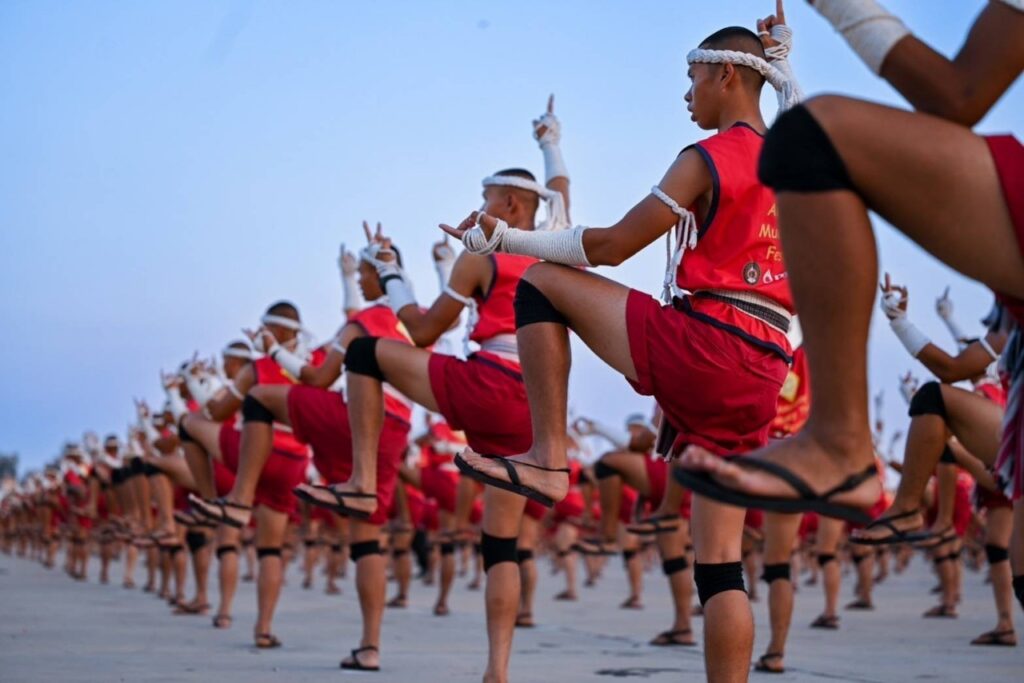
Muay Chaiya in Combat
After the Wai Kru was complete, the two fighters could begin their match. Typically this would be outdoors and often hosted at Buddhist temples. It was not until the early 20th century that the sport would take on a modern look with a ring and boxing gloves.
Muay Chaiya fighters were famed for incredible skills. The aforementioned governor Cha Sriyaphai sent his best fighter to perform in front of King Rama V, of Thailand. This fighter would face a regional talent from the Nakhon Ratchasima Province.
The Muay Chaiya fighter won this bout so impressively that his effect is still felt in Muay Thai to this day. The fighter won the bout using a ‘Sua Lark Hang,’ meaning Tiger Dragging its Tail. This move is now permanently embedded in the Wait Kru which is a ritual dance performed before each Muay Thai fight even today.
Plong Chamnongthong, the Muay Chaiya athlete, was then given the ‘Muen Muay Mee Chue’ title from the King, which means ‘Famed Fighter.’
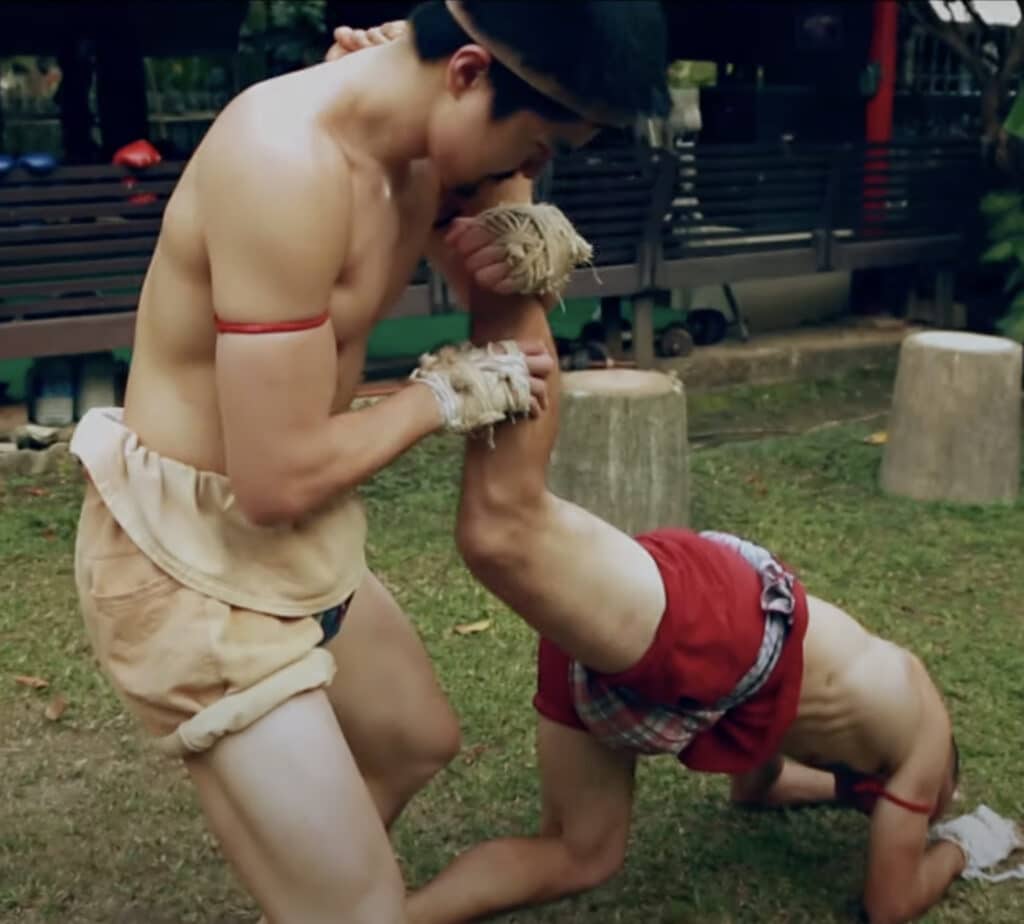
Modern Muay Chaiya
Is Muay Chaiya still utilized to this day? Many of the techniques taught in Muay Chaiya would still be utilized in Muay Thai currently such as catching a kick and elbowing the leg. Many of the techniques, though, would have been outlawed such as climbing on an opponent’s body to elbow them in the head.
In an interview, Muay Thai Grand Master Chaisawat Tienviboon, a student of Khet Sriyapai, explained:
“Old generation of Muay Boran practitioners learnt the Art for real fighting. Muay Boran fighting was “all-out combat”. There was no rule. In learning Muay Boran a modern student must try to learn every detail of each technique he is taught and must try to study all aspects of each maneuver in depth. In fact, he needs to trace back the original roots of all Mai Muay he practices, all the time.”
The most viewed form of Muay Chaiya techniques that international audiences would have seen in this day and age would be in the 2003 movie Ong-Bak. The starring actor, Tony Jaa, said on Twitter in 2017: “Muay Thai and Muay Boran will always be my primary discipline.”
Kickboxing and Muay Thai megastar Buakaw Banchamek showed off a performative Muay Chaiya fight five years ago. In a one vs three performance, the all-time great showed some of the maneuvers that could have been used in the ancient sport. Plus, he is wearing traditional clothing for the event.
Muay Boran or Muay Chaiya?
The techniques used in the old martial art would become Muay Thai as we know it today. The ‘art of eight limbs‘ is largely unified nationally and internationally whereas Muay Boran had wide-ranging styles altering over hundreds of years. One of which is called Muay Chaiya.
There were several different forms of Muay Boran which all fall under the same term. As Thailand is a large nation, each region created its own version of martial arts. There were four primary styles of Boran: Muay Chaiya, Muay Korat, Muay Lopburi, and Muay Tha Sao.
- Muay Chaiya originated in southern Thailand in the area named Chaiya. It was a form focused on a quick fist and elbow strikes to counter their opponent.
- Muay Korat originated from North East Thailand and focused on heavy fist strikes. The name comes from the slang name of the Nakhon Ratchasima region.
- Muay Lopburi originated in central Thailand, particularly in the city of Lopburi. It focused on fighting intelligence and spirit.
- Muay Tha Sao comes from Northern Thailand and means ‘Monkey Feet.’ It was focused on movement and speed.
As a form of combat, Muay Thai has become a worldwide phenomenon. All eastern and western fighters today will have learned some amount of Muay Thai regardless of their base discipline. Muay Chaiya is the ancient form of Muay Thai from which the sport derives many of its techniques.
While much of Muay Chaiya is outlawed in modern sport Muay Thai, its legacy still lives on as being one the deadliest martial arts in history.

